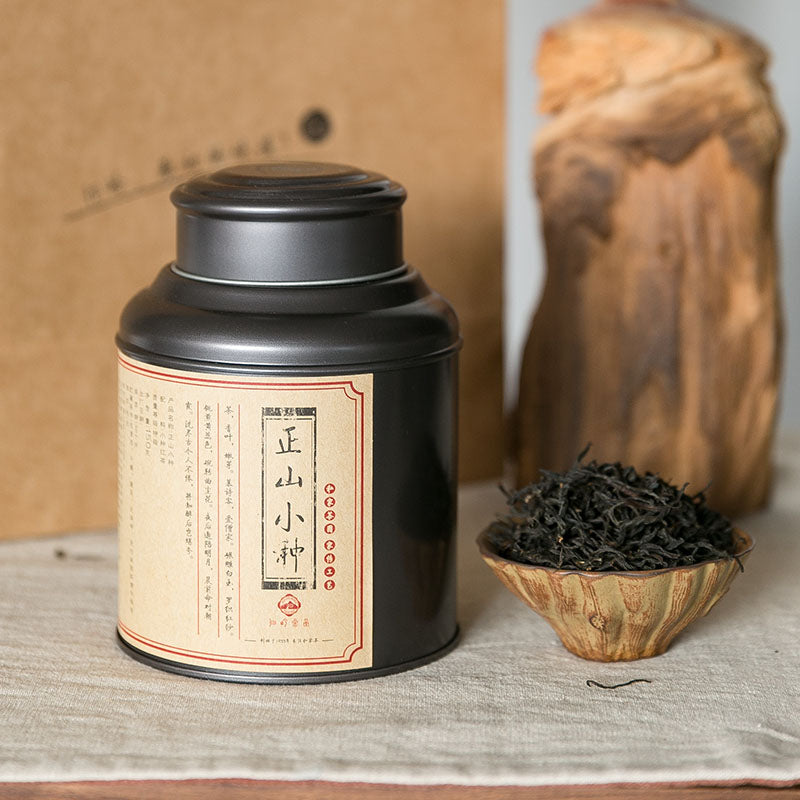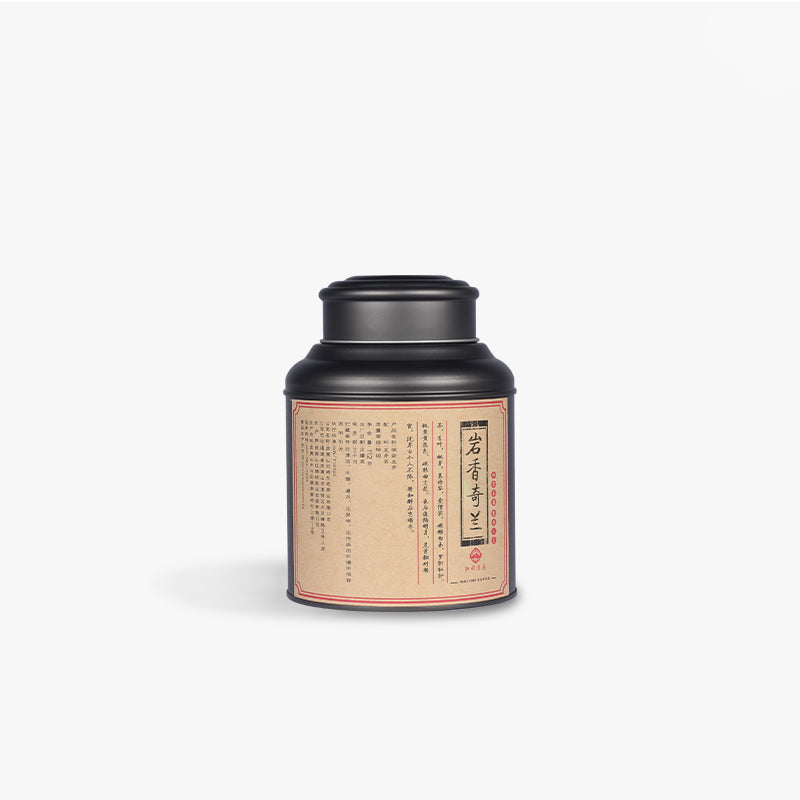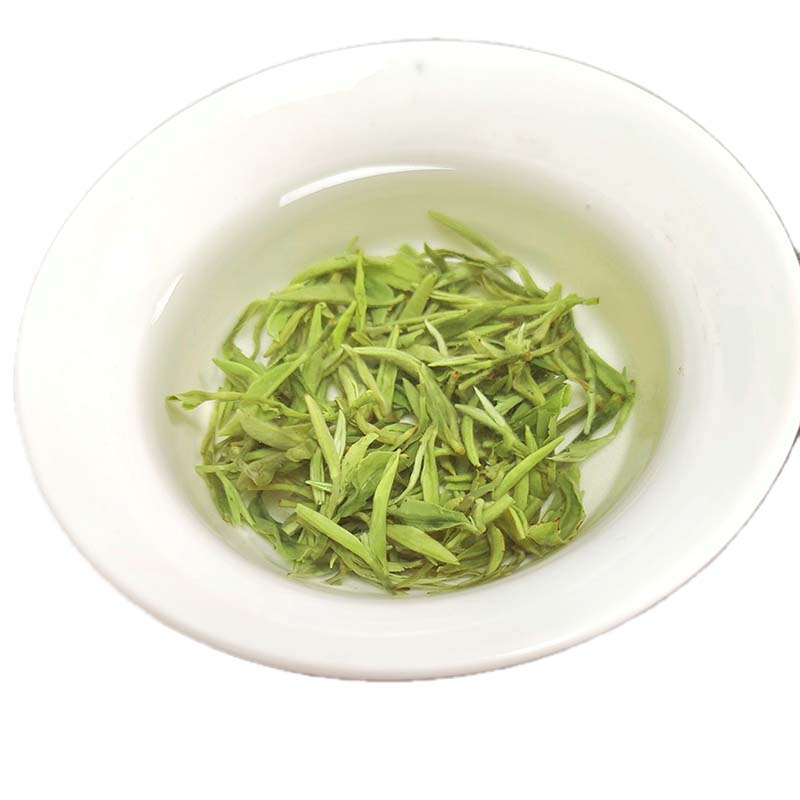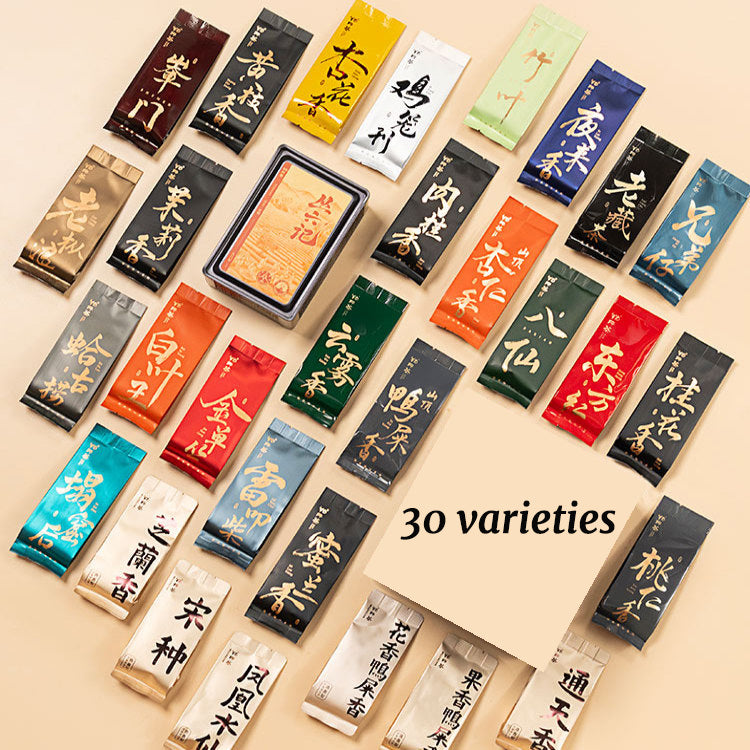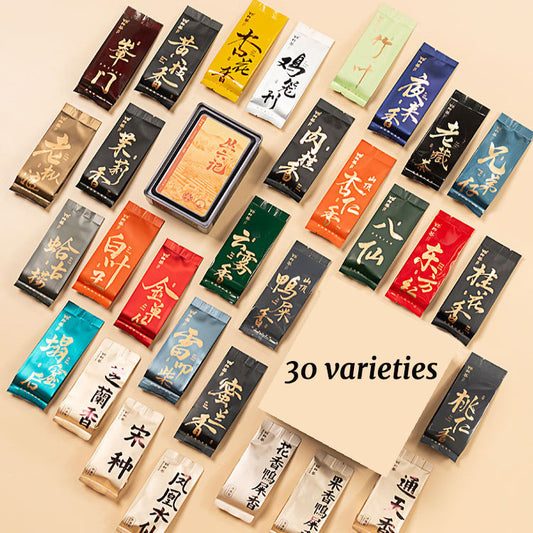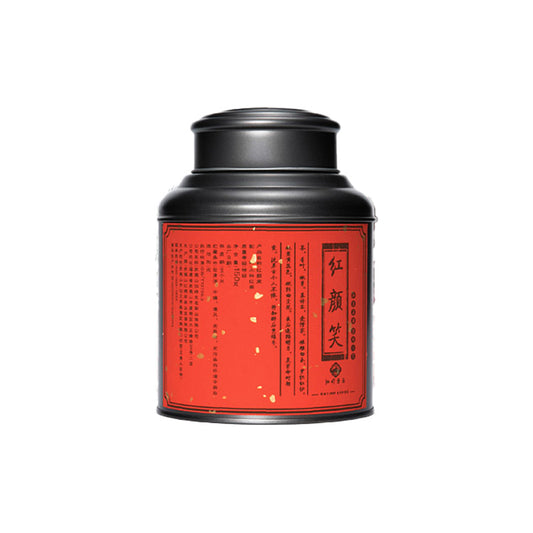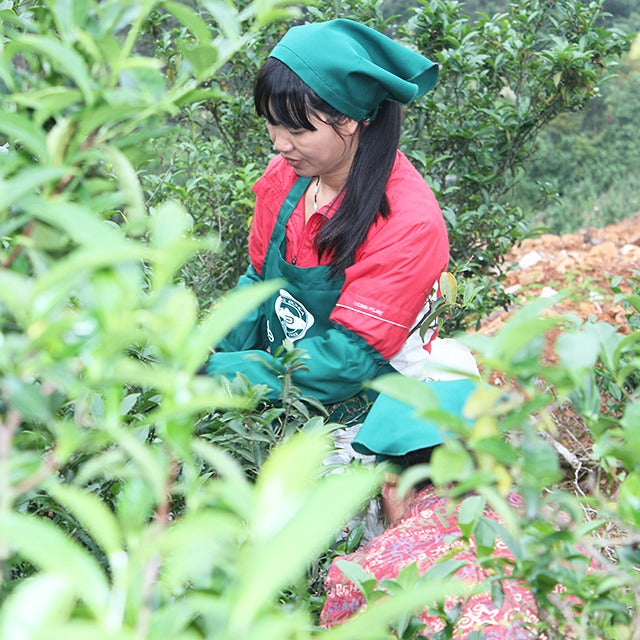Chay Pu-erh The Story Behind an Aged Delight
Chay Pu-erh The Story Behind an Aged Delight
The world of tea is a vast landscape, filled with hidden gems that have been cherished for centuries. Among these is Chay Pu-erh, a variety of tea that holds a special place in the heart of tea enthusiasts, known for its unique aging process and distinct character. For those exploring the universe of fermented teas, Pu-erh offers an experience unlike any other, with roots deeply entrenched in the cultural tapestry of Yunnan, China.
The journey of Pu-erh tea begins in the mist-shrouded hills of Yunnan, where some of the oldest tea trees in the world grow. These ancient trees are the backbone of Pu-erh production, lending their leaves the rich, earthy palette that distinguishes Pu-erh from its more delicate counterparts such as green or white teas. The aging process of Pu-erh is akin to the art of winemaking, where time and environment transform the tea, enhancing its complexity and depth. This process can span anywhere from several months to several decades, with each stage of maturation offering a new layer of flavor and aroma.
Brewing Pu-erh is an art in itself, requiring a mindful approach to unlock its full potential. Unlike other teas that may falter under the harsh touch of boiling water, Pu-erh embraces it, coaxing out its robust profile. The traditional method involves a rinse of the leaves to awaken their dormant essence, followed by multiple infusions, each one unveiling a slightly different character of the tea. The first might offer a bold, earthy flavor, while subsequent brews reveal subtler, sweeter undertones, inviting the drinker to savor and contemplate each layer.
Pu-erh’s charm lies not just in its taste but in the stories it carries. It is said that Pu-erh tea was a valuable commodity along the ancient Tea Horse Road, a network of trade routes that linked China with Tibet. Traders would carry compressed bricks of Pu-erh over treacherous mountain paths, and the tea's natural fermentation process helped preserve it during these long journeys. This historical narrative enhances the experience of drinking Pu-erh, connecting us to a bygone era where tea was not just a beverage, but a vital part of cultural exchange and livelihood.
The health benefits associated with Pu-erh are an added bonus, often celebrated in traditional medicine for its reputed ability to aid digestion and balance cholesterol levels. While Western science is still exploring these claims, many Pu-erh enthusiasts attest to its gentle, soothing effects, making it a preferred choice after a rich meal.
For anyone seeking a tea that offers not only complex flavors but also a rich heritage and a touch of mystery, Chay Pu-erh is worth exploring. It invites you on a journey through ancient forests, across time-worn trade routes, and into the heart of tea culture. So, why not let a cup of Pu-erh be your guide to a story that unfolds sip by sip?

